- In the fast-paced world of technology, web design trends are constantly evolving to keep up with user expectations and advancements in technology. As we step into 2024, it's crucial for designers and businesses to stay ahead of the curve to create compelling digital experiences. Let's explore some of the top trends shaping the landscape of web design this year.
AI-Powered Personalization
- Artificial Intelligence (AI) continues to revolutionize web design by enabling personalized user experiences. In 2024, we can expect to see AI algorithms becoming even more sophisticated, allowing websites to tailor content, layout, and recommendations based on individual user behavior and preferences. This level of personalization enhances user engagement and drives conversions by delivering relevant content at the right time.
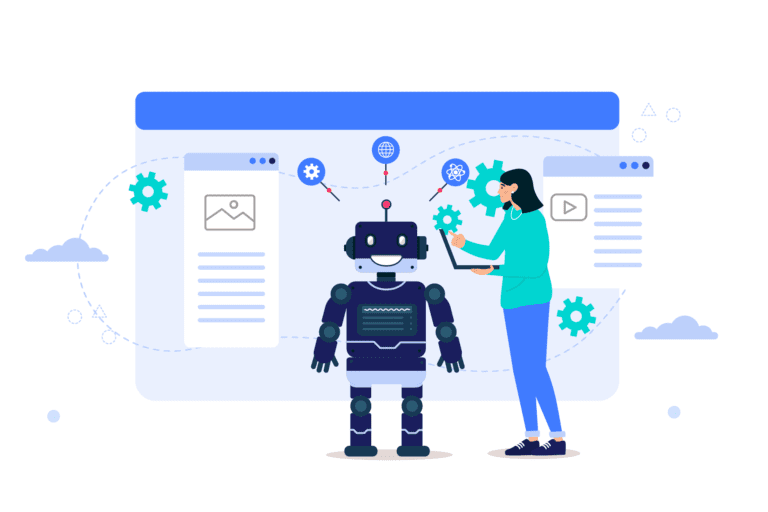
Immersive visual experiences
- With the rise of augmented reality (AR) and virtual reality (VR) technologies, web designers are embracing immersive visual experiences to captivate audiences. Integrating AR elements into websites allows users to interact with products virtually before making a purchase decision, enhancing the overall shopping experience. Similarly, VR-powered websites transport users to virtual environments, creating memorable interactions and storytelling opportunities.
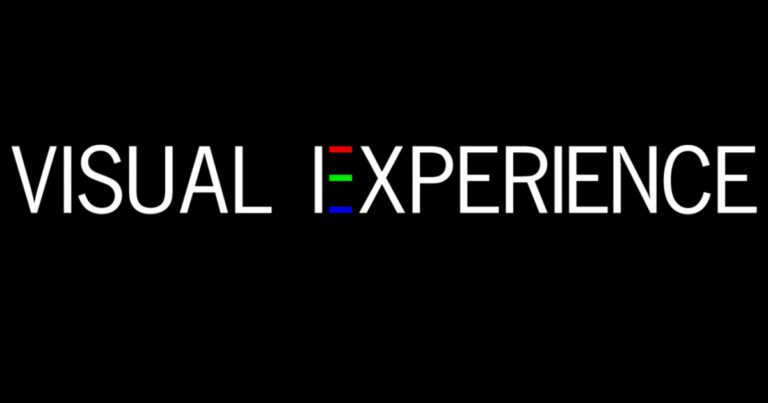
Dark mode design
- Dark mode design has gained popularity in recent years for its aesthetic appeal and potential energy-saving benefits. In 2024, we anticipate seeing more websites offering a dark mode option to users, providing a visually pleasing alternative to traditional light-themed designs. Dark mode not only reduces eye strain in low-light environments but also adds a touch of sophistication to the overall design aesthetic.
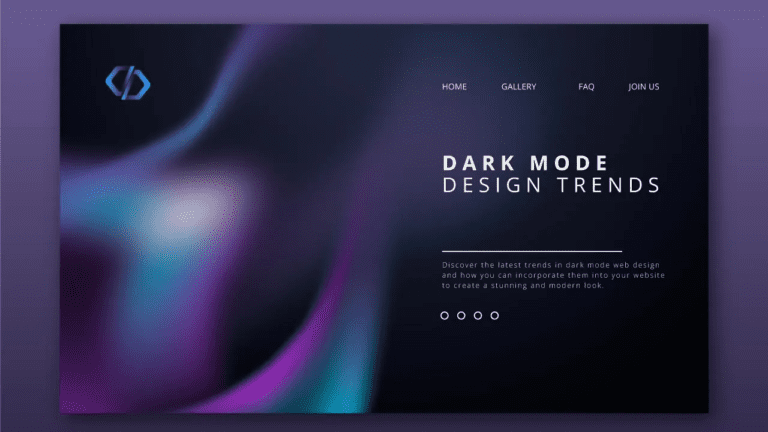
Voice user interfaces (VUI)
- The widespread adoption of voice-activated devices and virtual assistants has fueled the demand for voice user interfaces (VUI) in web design. Websites equipped with VUI capabilities allow users to navigate content, perform searches, and execute commands using voice commands, providing a hands-free and intuitive browsing experience. Integrating VUI technology enhances accessibility and accommodates users with disabilities, contributing to a more inclusive web environment.
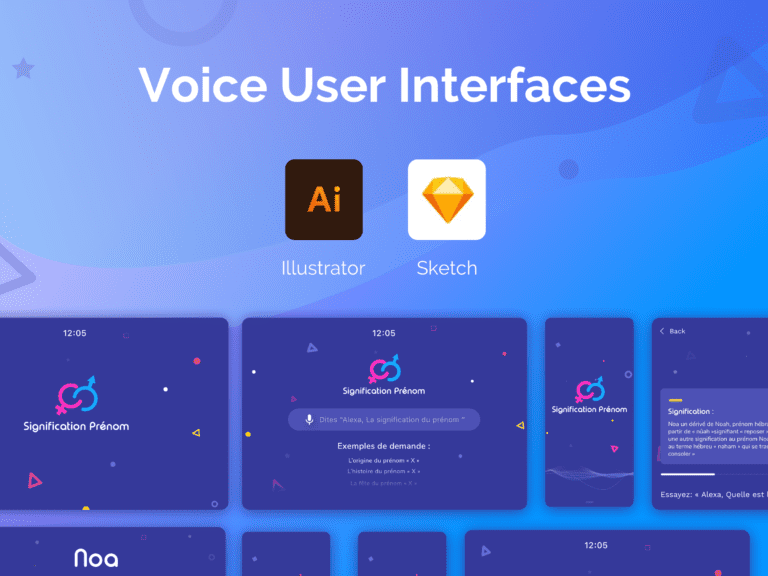
sustainability-centric design
- As environmental consciousness continues to grow, web designers are prioritizing sustainability-centric design practices to reduce carbon footprints and minimize environmental impact. From optimizing website performance to minimizing resource-intensive design elements, sustainability is becoming a key consideration in web design decisions. By adopting eco-friendly practices, businesses can align with consumer values and contribute to a greener future.
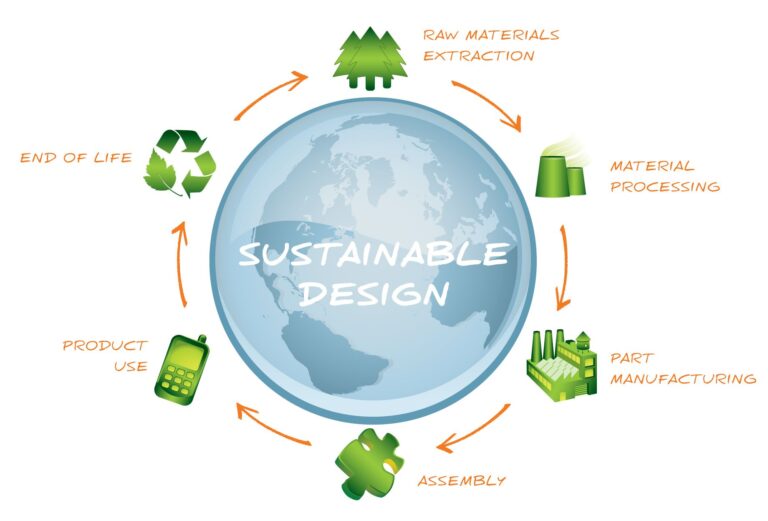
conclusion
- In conclusion, the landscape of web design in 2024 is characterized by innovation, personalization, and sustainability. As AI technologies advance, websites will offer increasingly personalized experiences tailored to individual user preferences. Immersive visual experiences, including AR and VR integration, will redefine how users interact with digital content, driving engagement and brand loyalty.


